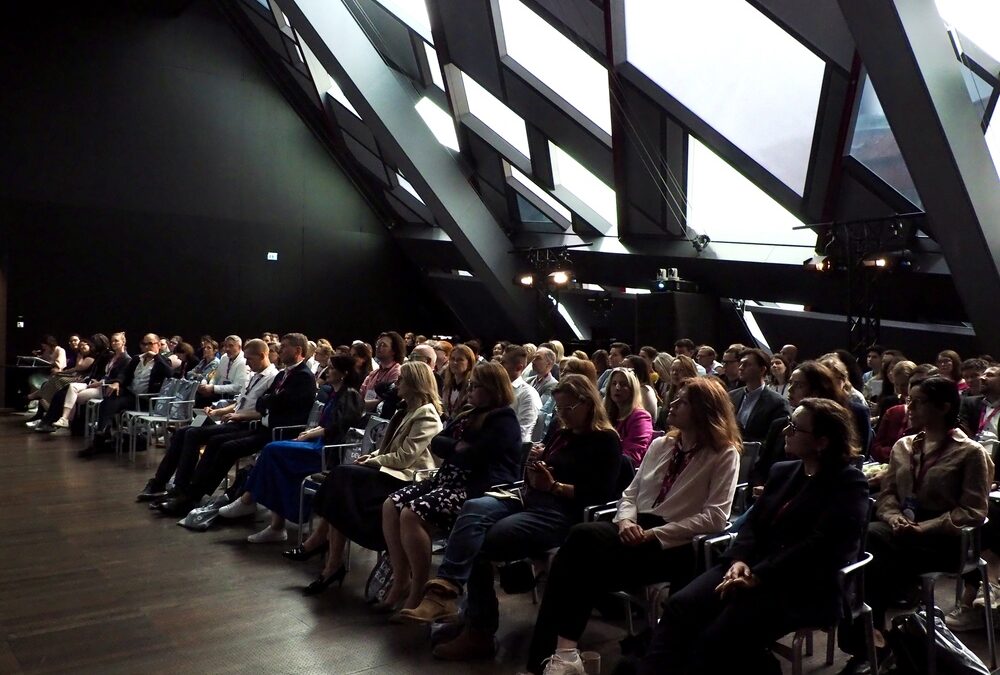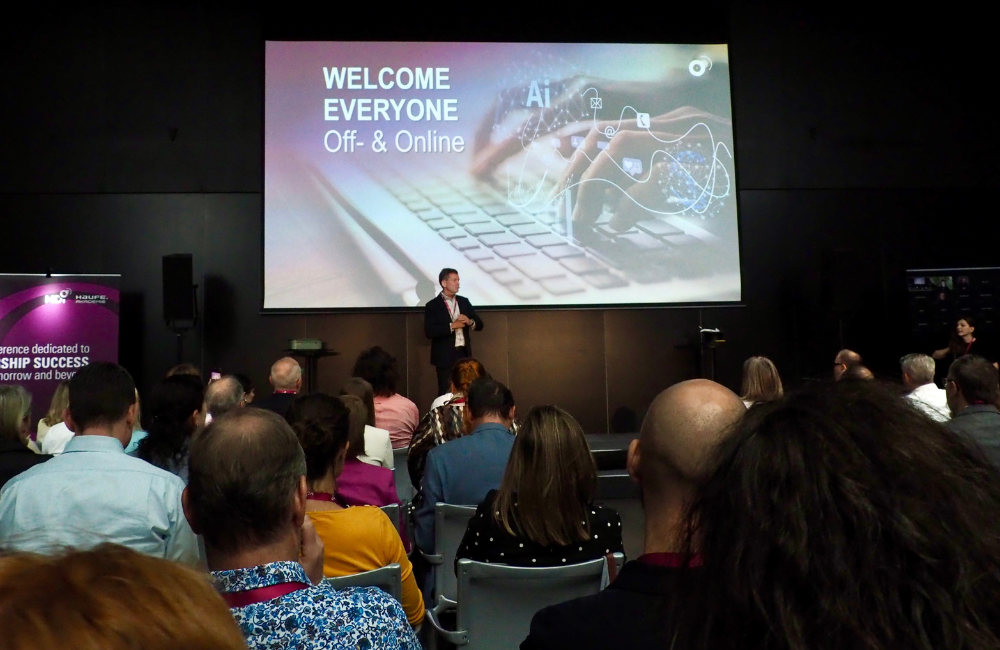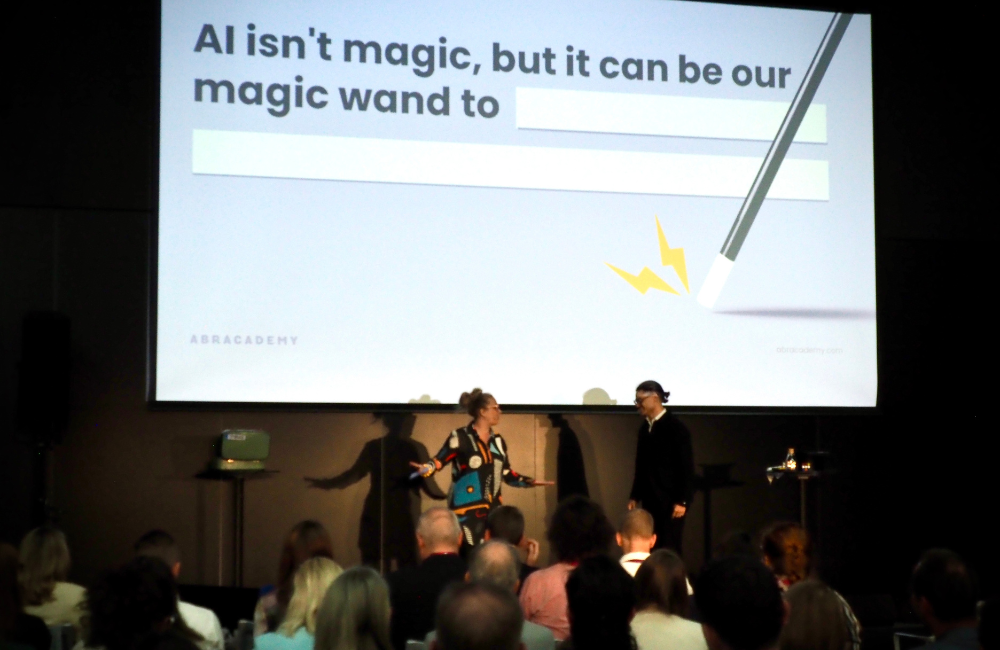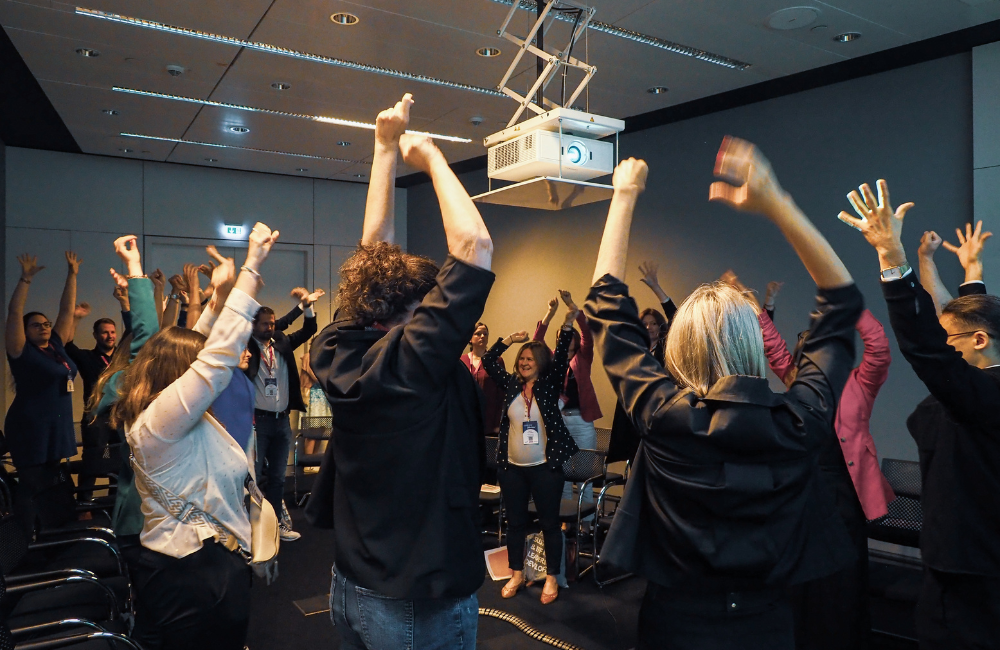
Step by Step to Success with AI-Powered Solutions
Step by Step to Success with AI-supported Solutions
Do you prefer to listen to this article? Click below to access our AI-generated audio version!
Step by Step to Success with AI-supported Solutions
A successful AI transformation in human resources development does not happen overnight. It is a process that requires a strategic approach and an agile implementation. How do you get employees on board? Combining both poles.
Sound familiar? Employees and colleagues approach you and tell you about the latest AI apps they are trying out. Many of them mention, some do not, that they do not even know whether they are allowed to use AI tools in the company. Your company may be working on a policy right now. There may not yet be a company-wide regulation or it may not yet be known. Don’t worry, you’re not alone in this attitude; 80% of companies are also waiting.
The importance of AI integration for employee motivation and competitive advantage
This could be fatal, on the one hand, because the initial motivation of employees, which is so often desired from the point of view of personnel development and leadership, could be curbed as a result. On the other hand, it could put them at a competitive disadvantage. A possible first-mover advantage shrinks with every day that passes without working on optimization using AI.
In addition to the motivation, some have no interest in the topic of AI and think they can “sit it out” or are unable to exert any influence anyway. So how can we get everyone on board? After all, as we know, we move faster when we’re all rowing in the same direction.
AI Readiness Check: assess the starting position.
Before companies embark on the AI transformation of their HR development, it makes sense to assess their current AI readiness. An AI readiness check helps to evaluate the initial situation and discuss it together. This AI readiness check provides, for example, results in the categories of strategic orientation, know-how, culture, resources, and data after a 10-minute self-assessment.
With a common starting point, it is easier to identify opportunities for integrating AI into the L&D strategy. Such a readiness check can be used in any area of the company.
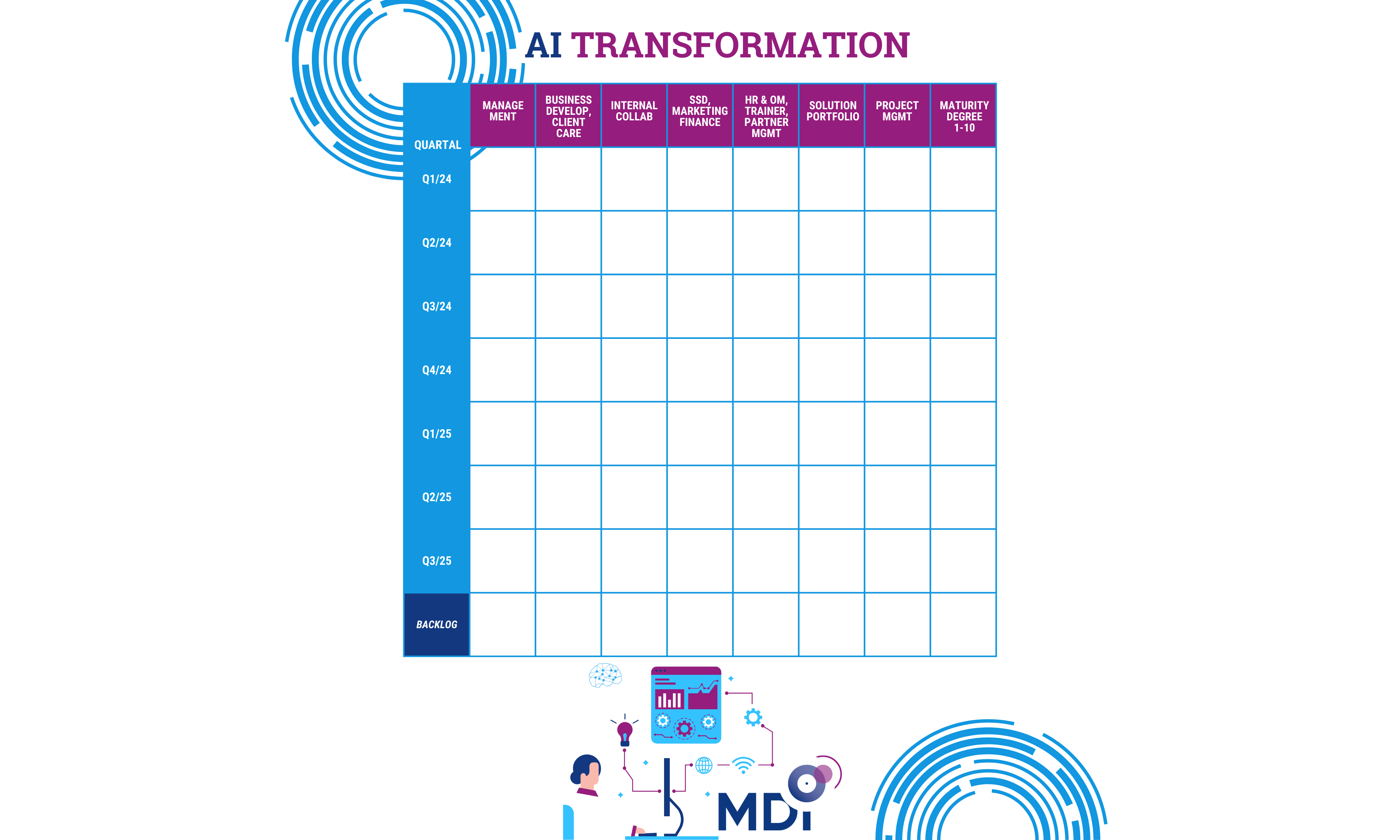
Agile approach – AI Autonomy Day
Organize an AI Autonomy Day: Provide everyone with a day a year to work on any topic in the field of AI. Provide as little guidance as possible. Also, provide a small budget for any licenses. It is important to note that, by the GDPR, no personal or company data should be transferred to unprotected LLMs.
Trying it out can happen individually, in a team, across departments/hierarchies/teams. Provide a communication platform and make it transparent which topics are being worked on. Set a date for presenting the results. Invite relevant stakeholders and decide together what will be done with the results. Repeat the process every six months or even every quarter.
To take it to a strategic level, we recommend setting up an AI transformation roadmap. This roadmap will track the progress and plans for each area. You can decide whether to share the roadmap with everyone individually or by team/area. The results and the maturity level of the project should be recorded by the company management.
This tool offers you the following advantages:
- Clear vision and strategic direction
- Improved communication and alignment with stakeholders
- Controlled resource and time management
- Risk reduction and adaptability
- Focused innovation and development of use cases
-
Structured approach – a clear process gets the ball rolling
To find out what leverage AI can have in your company, you need to have a basic knowledge of AI and the (technical) possibilities of AI (weak AI vs reactive AI vs AI with limited storage capacity) . On the other hand, you need to know your processes very well. Those who already have a detailed process map have a clear advantage here.
As a first step, evaluate the AI potential based on your processes and divide your processes into three process types. Then evaluate the savings potential of the activity to determine your starting point with the greatest potential.
Weak AI vs. Reactive AI vs. AI With Limited Storage Capacity
Weak AI: performs tasks, does not learn new skills (voice assistants, generative AI: image generation, text generation, research & diagnosis)
Reactive AI: does not build up memory, reacts to stimuli (spam filters, recommendation systems based on historical data such as Netflix, Amazon)
AI with limited storage capacity: stores knowledge, learns from it and makes forecasts (weather, finance, self-driving cars, chatbots)
(Source: https://ki-campus.org/videos/ki-in-unserem-alltag?locale=de)
Further training & communication
To use the topic of AI profitably and responsibly for everyone in personal development, in the team, and the company, you cannot avoid acquiring a basic knowledge of AI yourself and motivating others to do the same.
Join communities, exchange ideas with peers, and take small steps. But take them consistently and lead by example. Support your colleagues and managers with training, workshops, exchanges, and networking opportunities. Create personalized wikis and AI assistants (e.g. using GPT Builder) to make knowledge more accessible.

Marina Begic
Head of Business Development – Digital Transformation Driver
Marina has been working on new, effective learning methods and the future of corporate learning for over 15 years. In her current role, she is responsible for Digital Business Development at MDI, where her focus is not driven by the current buzzwords, but primarily on the feasibility of digital transformation for clients such as Erste Group, Lenzing, Semperit, Deutsche Bahn, Andritz AG, Uniqa, Mayr-Melnhof, Frequentis, RHIM. Her greatest strength is bringing loose ends together, which she impressively demonstrates time and time again with her big picture view and multi-dimensional approach. Her greatest passion is to provide learners not only with an experience, but also with real, lasting value for their real challenges.










